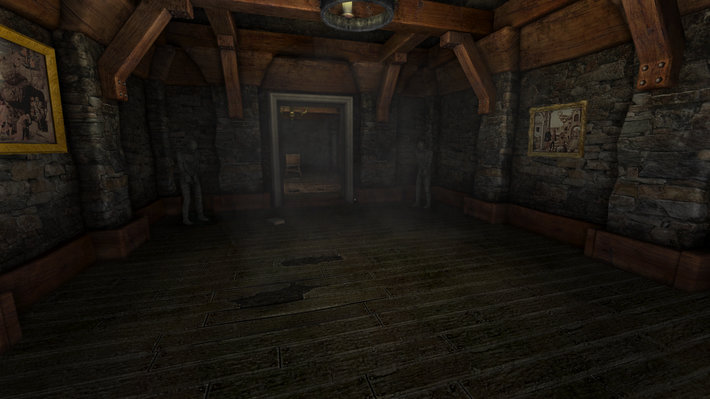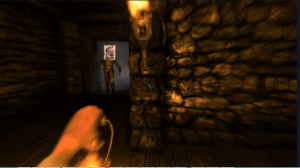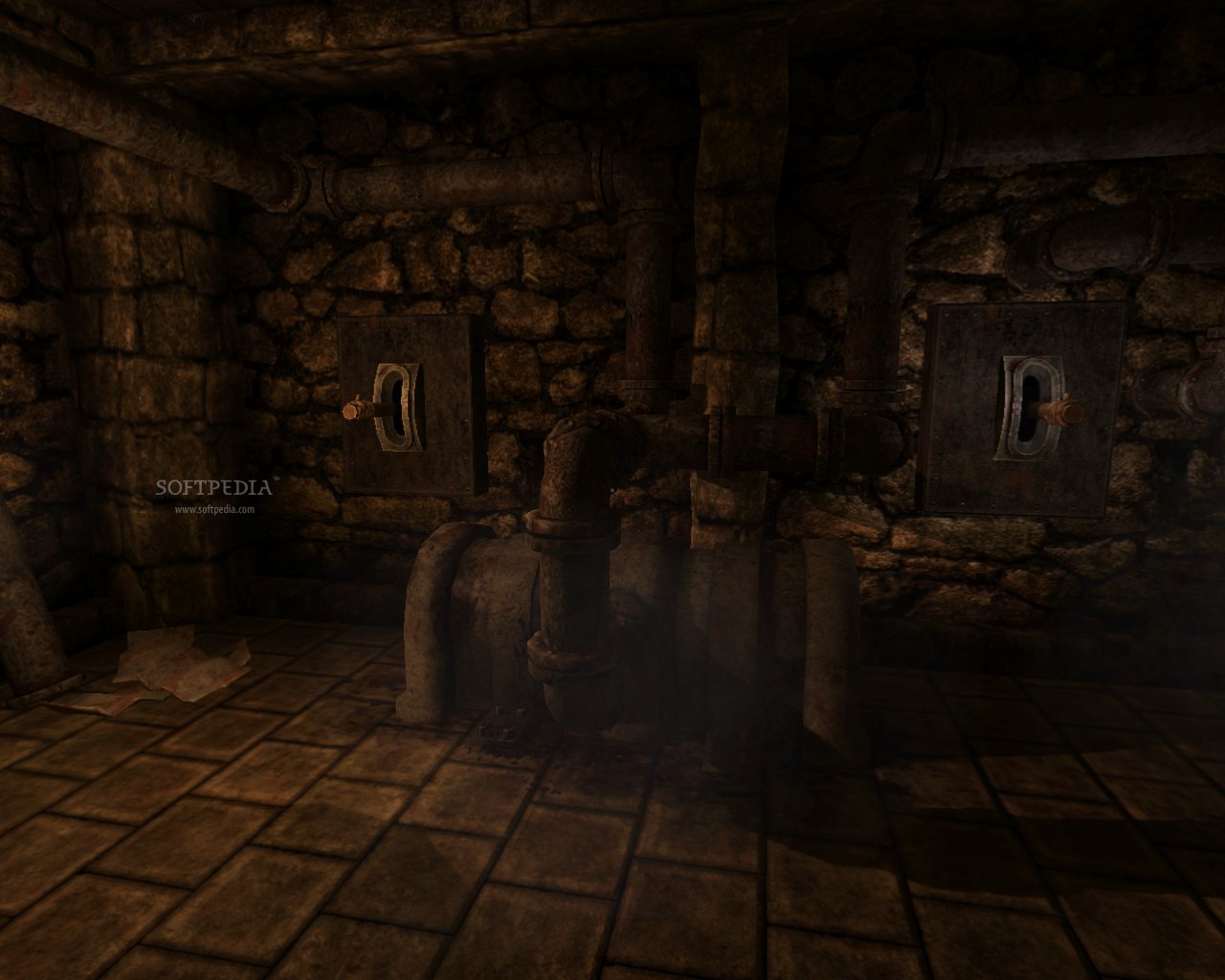
/cdn.vox-cdn.com/uploads/chorus_image/image/67653629/amnesia_rebirth_candle.0.jpg)
But if you expand your search a little bit you’ll find that beyond the survival shooters and cheap slasher games is a whole world of indie horror worth playing. Desperate for help and with your flashlight running low on batteries you stumble across an old mansion, but not everything is as it seems…” sound familiar?Ī market saturated with low-res haunted houses and regurgitated storylines are enough to put off any buyer from trawling through Steam titles for games worth their time. “ It’s late at night, you’re driving through a darkened forest when suddenly your car breaks down. However, these games have also given indie horror an unfortunate reputation for relying on jump-scares, teleporting monsters, and an increasingly familiar cast of creepy little girls.

Overall, the voice direction is quite good, but I can’t help but note that the immersion was broken on a couple of occasions.With Halloween fast approaching and the nights growing colder, gamers are finding themselves spoilt for choice when it comes to indie horror: a genre which blew up with games like Amnesia: The Dark Descent, Slender, and Five Nights at Freddy’s popularised by screeching YouTube stars. Once or twice, the delivery felt either too shaken or not shaken enough for the encounter. This inevitably ended up throwing me off-guard (and not in the way the game usually thrives on), dulling the surprise I might have felt. Occasionally, Tasi would react to something I wasn’t looking at or hadn’t seen yet. I don’t think it does in Rebirth, but there are some moments where it didn’t work for me. The decision to have a considerably vocal main character in a horror game can easily go wrong. This does lead to one of my minor gripes with the game, however. She’s quite vocal for the player character, but I had no problems believing in her performance… most of the time, anyway. This even extends to the voice acting, particularly from Tasi.

The sound and music is exceptional, further heightening and amplifying the scenes that played out. While not the most graphically gorgeous game, Amnesia: Rebirth uses what it has to build a diverse range of locales and encounters. What’s equally strong is the presentation. There’s also multiple endings, much like the original, and I’m very curious to go back and see how else things might play out. The end result was a story that I was engaged with until the credits rolled. It’s certainly stronger for that inclusion, though. Even so, the core narrative is still largely self-contained and doesn’t require that original game to stand. Fans of The Dark Descent should be very pleased to note that Rebirth heavily draws from and expands on its background lore. There’s a good combination of interesting narrative, compelling mysteries, and some really fascinating world-building. It passed the test of making me want to keep playing and learning more, all the way to the conclusion. Both Tasi and the player will struggle to bear the weight, but the payoff is well worth it. The mystery as to what caused the plane crash and where everyone has gone is set up immediately, and the more questions that are answered, the more are uncovered. Immerse yourself in the world and the story.” Thankfully, Amnesia: Rebirth makes these words quite easy to adhere to. Before the opening cutscene, the game opens with these words: “This game should not be played to win. What’s really crucial to Amnesia's success is the story. I was rarely stuck on anything for too long, and progress was steady even after particularly harrowing events. The puzzles are well-designed without being too challenging, often simply requiring players to pay attention to the clues. But no matter the situation, Rebirth has an incredibly strong atmosphere and sense of place. To Amnesia: Rebirth’s credit, it manages this balance equally well, always knowing when to slow the pace down or give players a chance to unwind after a particularly stressful encounter. If horror is a constant sensation, it becomes dull over time. Tension and atmosphere are important, and the Frictional's previous two games conveyed that very strongly. Fractional Games have thus far been excellent at pacing their horror. Horror saepe enim de adversus ignotum, after all. Anything I say about specifics can only potentially dull this experience or poison the well. Let it drop all the way down, and… well, you might start reading double.

As Tasi’s sanity drops, the player will start to see and hear more horrific things, or even trigger the occasional jump scare.


 0 kommentar(er)
0 kommentar(er)
